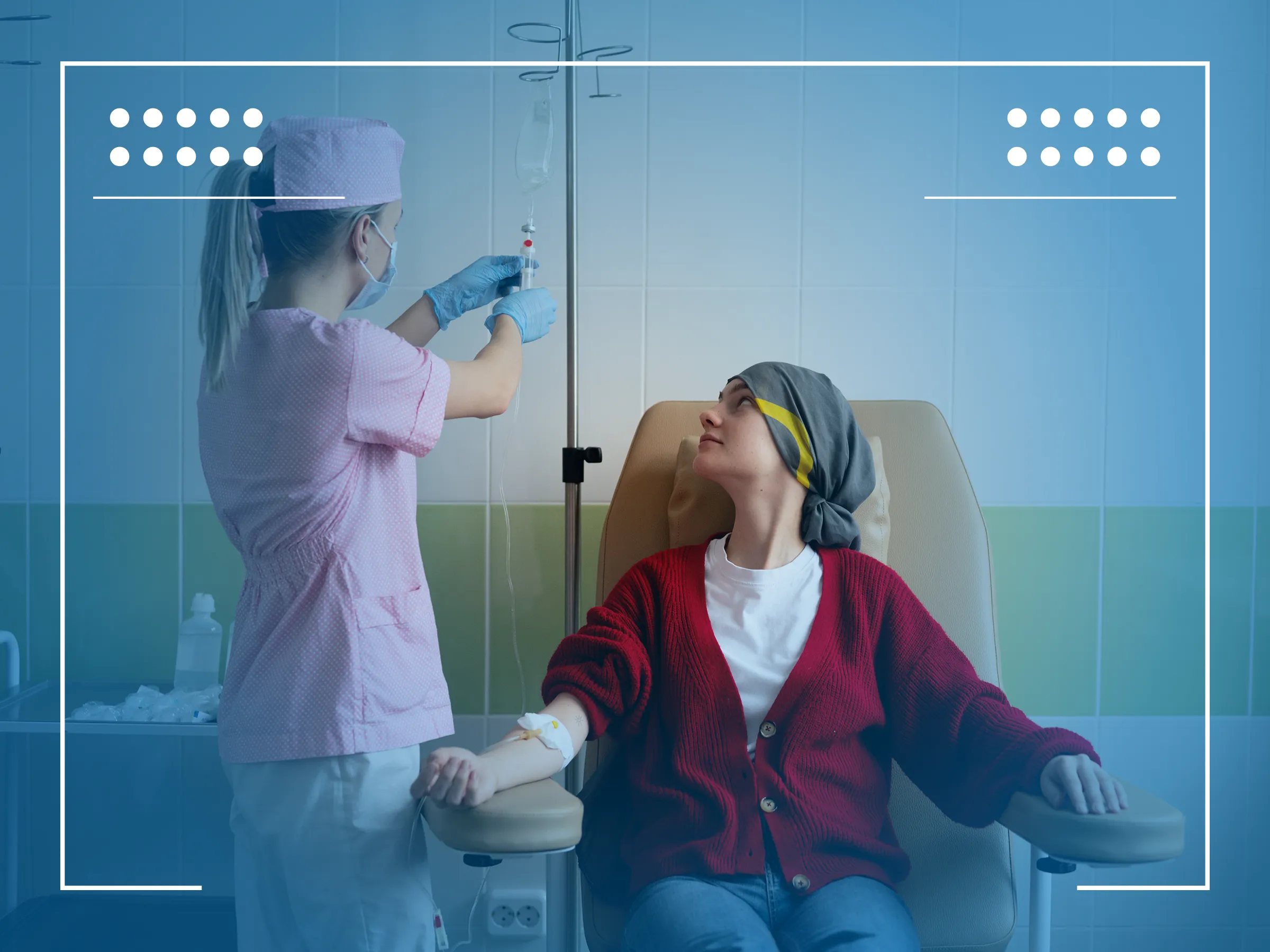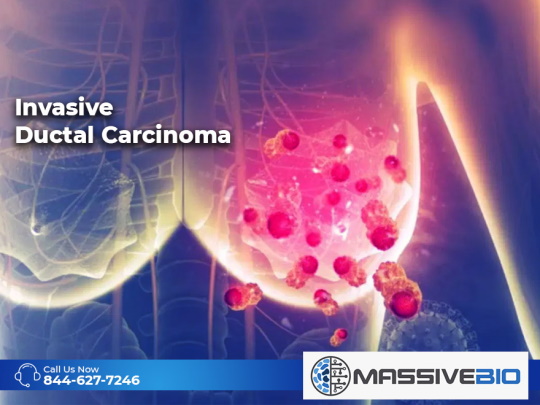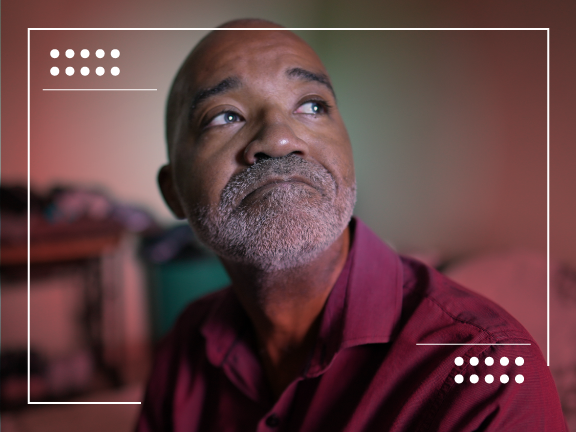Leukemia treatment varies significantly depending on the type of leukemia, the age of the patient, and the progression of the disease. Common treatment methods include chemotherapy, radiation therapy, targeted therapy, and in some cases, stem cell transplantation. Chemotherapy remains the cornerstone for most leukemia types, aiming to kill leukemia cells or stop their growth. For patients with more aggressive or advanced stages of leukemia, combinations of these treatments may be employed to improve outcomes. Additionally, ongoing clinical trials are constantly developing and testing new treatments that may offer hope and improved survival rates for patients.
Leukemia treatment also focuses on managing the symptoms and side effects associated with the disease and its treatment. Supportive care is crucial and can include blood transfusions, antibiotic treatments to prevent or fight infections, and medication to control pain and nausea. Given the emotional and physical toll of leukemia, psychological support and lifestyle modifications also play a significant role in the overall treatment plan. Regular follow-up visits are important to monitor the effectiveness of the treatment, manage any complications, and adjust treatment as necessary. The goal is to achieve remission and maintain the quality of life, making each treatment plan highly personalized.
Chronic Lymphocytic Leukemia Treatment
Chronic Lymphocytic Leukemia (CLL) is a type of leukemia that typically progresses more slowly than other forms, which affects treatment strategies and patient outcomes. When considering chronic leukemia treatments, it’s essential to factor in individual patient characteristics such as age, overall health, and the specific nature of the leukemia. CLL treatments may range from watchful waiting for less aggressive forms to more intensive regimens for aggressive or symptomatic cases.
Symptoms of CLL can include swollen lymph nodes, fatigue, and frequent infections, which often prompt the initiation of treatment. Treatment options for CLL are diverse and can include targeted therapies that specifically attack cancerous cells, thereby sparing healthy cells and reducing side effects. Bone marrow aspiration is a common diagnostic test in CLL to assess the extent of leukemia involvement in the marrow.In the broader context of leukemia, questions like “What are the best treatments for leukemia?” depend significantly on the leukemia type. For instance, treatments for Acute myeloid leukemia (AML) differ markedly from those for CLL, primarily because of the rapid progression typical of AML that requires more immediate and aggressive treatment.
Acute Myeloid Leukemia Treatment
Acute Myeloid Leukemia (AML) is a severe and rapidly progressing form of leukemia that requires immediate and aggressive treatment. Treatment strategies for AML leukemia treatments typically involve a combination of chemotherapy, targeted therapy, and in some cases, stem cell transplantation. The initial phase of treatment, known as induction therapy, aims to achieve a quick remission by reducing the number of leukemia cells to undetectable levels.
For those with specific genetic mutations, targeted therapies have provided a significant advancement in treatment acute myeloid leukemia. These treatments specifically target abnormal proteins or genes in leukemia cells, which can lead to better outcomes with fewer side effects compared to traditional chemotherapy.Despite the focus on AML, it’s important to distinguish it from other types of leukemia, such as Acute lymphoblastic and Chronic lymphocytic, which affect different types of cells and require different treatment approaches. Unlike CLL, AML does not typically allow for watchful waiting or less aggressive treatments.












